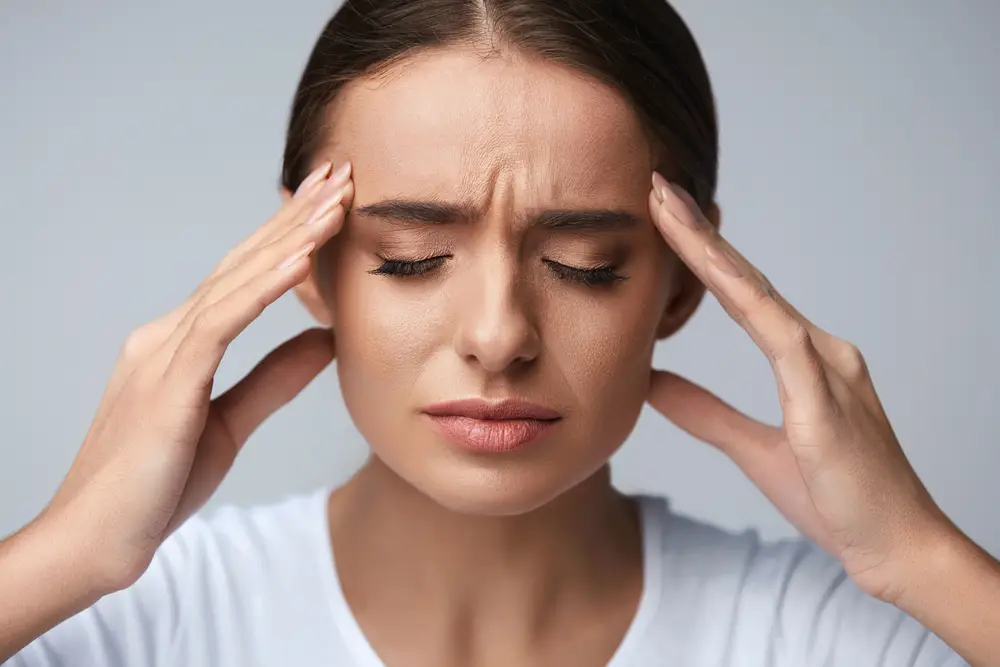Chickenpox is an infection that causes an itchy, blister-like skin rash. A virus called varicella-zoster causes it. Chickenpox is highly contagious. But it’s much less common today because there’s a vaccine that protects you from it. Children are the most susceptible to getting chickenpox, although you can get it as an adult, too.
Before the availability of the first vaccine against chickenpox in 1995, almost everyone got chickenpox as a toddler or young child. But since the late 1990s, the rate of chickenpox has declined by nearly 90%. Today, most children receive a vaccine against chickenpox as part of their routine immunization schedule.
Once you’ve had chickenpox, you won’t catch it again from another person. If you’re not vaccinated, you can get chickenpox at any age. Adults who get chickenpox may become very sick, so it’s better to have chickenpox when you’re a child or prevent getting it by receiving the vaccine.
Stages of chicken pox:
The three stages of chickenpox usually refer to the way the rash looks:
- Stage 1 is a red and bumpy rash. This can last a few days.
- Stage 2 is a fluid-filled blistered rash. The blisters break open after about one to two days.
- Stage 3 is when the blisters scab over. This stage also lasts a few days.
Even though the rash goes through three stages, you could have all types of bumps at the same time. This means some bumps can be forming while others are already breaking open. The entire rash can last up to about 10 days.
Causes of chicken pox:
Chickenpox is caused by the varicella-zoster virus (VZV), which is a member of the herpesvirus family. The virus is highly contagious and can spread through:
- Close contact: Touching someone with chickenpox or the fluids from their blisters
- Coughing or sneezing: Inhaling droplets from someone who has chickenpox
- The best way to prevent chickenpox is to get the chickenpox vaccine.
Symptoms of chickenpox include:
- A rash of small, itchy red spots that develop into blisters
- Cloudy fluid in the blisters, which eventually dry out and crust over
- New spots appearing in waves for several days after the rash starts
- Mild flu-like symptoms before the rash appears
Symptoms usually appear 10–21 days after exposure and last about 5–10 days. The blisters usually scab over after about a week. Although symptoms clear up within a week or two, the virus remains in the body for the rest of a person’s life.
Chickenpox can be more severe in older adults. People who are unable to get vaccinated can try to avoid the virus by limiting contact with infected people.
Treatment of chicken pox:
- Chickenpox is a common illness that usually gets better on its own in 1–2 weeks. However, there are some things you can do to help relieve symptoms and prevent complications:
- Rest: Get plenty of rest.
- Hydrate: Drink lots of fluids to prevent dehydration.
- Reduce fever: Take acetaminophen (Tylenol) to reduce a fever. Do not give aspirin.
- Relieve itching: Apply calamine lotion to itchy spots. You can also try a cool bath with baking soda, uncooked oatmeal, or colloidal oatmeal.
- Prevent scratching: Keep fingernails short and wear mittens or soft socks to prevent scratching. If you do scratch a blister, wash your hands with soap and water for at least 20 seconds.
- Eat soft foods: Eat soft foods like mashed potatoes, avocados, eggs, and boiled chicken.
- Take antivirals: If you are at risk, you can take antiviral drugs within 24 hours of the onset of symptoms. Antivirals are most effective for those at risk, but have little to no effect on others.
- Treat bacterial infections: If you develop a bacterial infection, you can take antibiotics to treat it.




